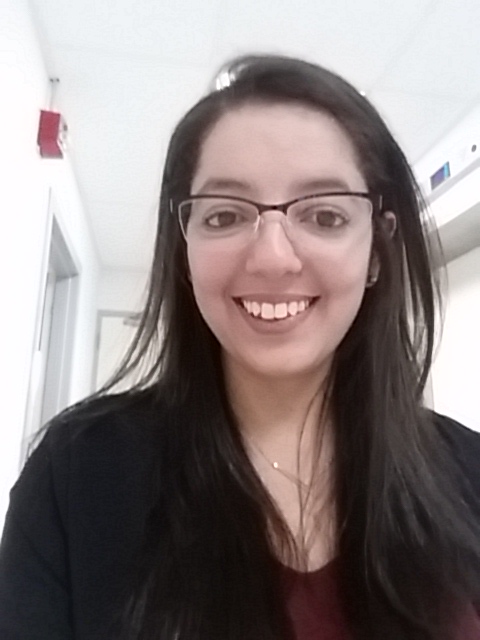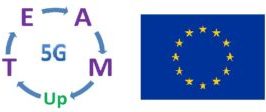
ESR 14
Joseanne Viana
Development and production of Drone-Mobile Small cell Station´s prototypes
LinkedIn: linkedin.com/in/joseanne-viana
Biography
Joseanne Viana is a Ph.D. Researcher Assistant in the TeamUp5G group. She is developing a drone that could be used as a small cell in the 5G telecommunication system in emergencies. This project includes the designing of the electronic parts of the drone to provide 5G communication to users that are experiencing unfortunate circumstances such as earthquakes and fires, especially for the rescue teams.
She is a Brazilian engineer, born in Santos – located on the coast of Sao Paulo but grew up in Mogi das Cruzes which is a city located in the East Zone of the São Paulo Metropolitan Region. At 19 years old, she moved to the capital of São Paulo and started to work in the electronics field. She was passionate about engineering so she decided to graduate in telecommunication engineering at the University of Campinas – Unicamp, ranked among the best universities in Brazil.
During the university studies, she participated in a volleyball team, and also in the robots group building smart racing cars that would follow a black line circuit. She did some international studies, for instance, 1-year study in Canada at University of McMaster and an oral presentation in Argentina at AUGM Young Researchers Conference at Cuyo University. One of her biggest accomplishments in university was to receive a prize for a paper presented in the XXV Scientific Junior Research Conference of University of Campinas in which 20 students were selected between around 1500 participants.
She also had professional experiences, after the university where she worked as a product development engineer at Embraer where her main tasks were to develop radars for military purposes in Brazil.
Objectives
This project has the following objectives:
(i) Specification of the main features of drones to be used as mobile small cell stations, namely the type quadricopter, hexacopter, octocopter and fixed wing; autonomy and propulsion system; sensors, actuators, control system; antennas, mechanic characteristics; communication system; flying performance; payload
(ii) Prototype the D-MSS integrating the programmable electronic to supply the heterogeneous communication system;
(iii) Developing of control platform to control the D-MSSs in manual or automatic modes using intelligent algorithms to improve the capacity and the range of coverage in dynamic scenarios;
Expected Results
Development and production of D-MSS (Drone Mobile Small cell Station Prototypes). Writing of technical documentation for D-MSS production after all the improvements have been included. Technology transfer and writing the standards for D-MSS manufacturing
Institutions and Supervisors
- Main Institution: Telecommunication Institute – Lisbon – https://www.it.pt/
- Main Institution: Telecommunication Institute – Lisbon – https://www.it.pt/
- Supervisor: Pedro Joaquim Amaro Sebastião – https://ciencia.iscte-iul.pt/authors/pedro-joaquim-amaro-sebastiao/teaching
Secondments
AUDAX: from June 2020 to July 2020
AUDAX: from October 2021 to November 2021
